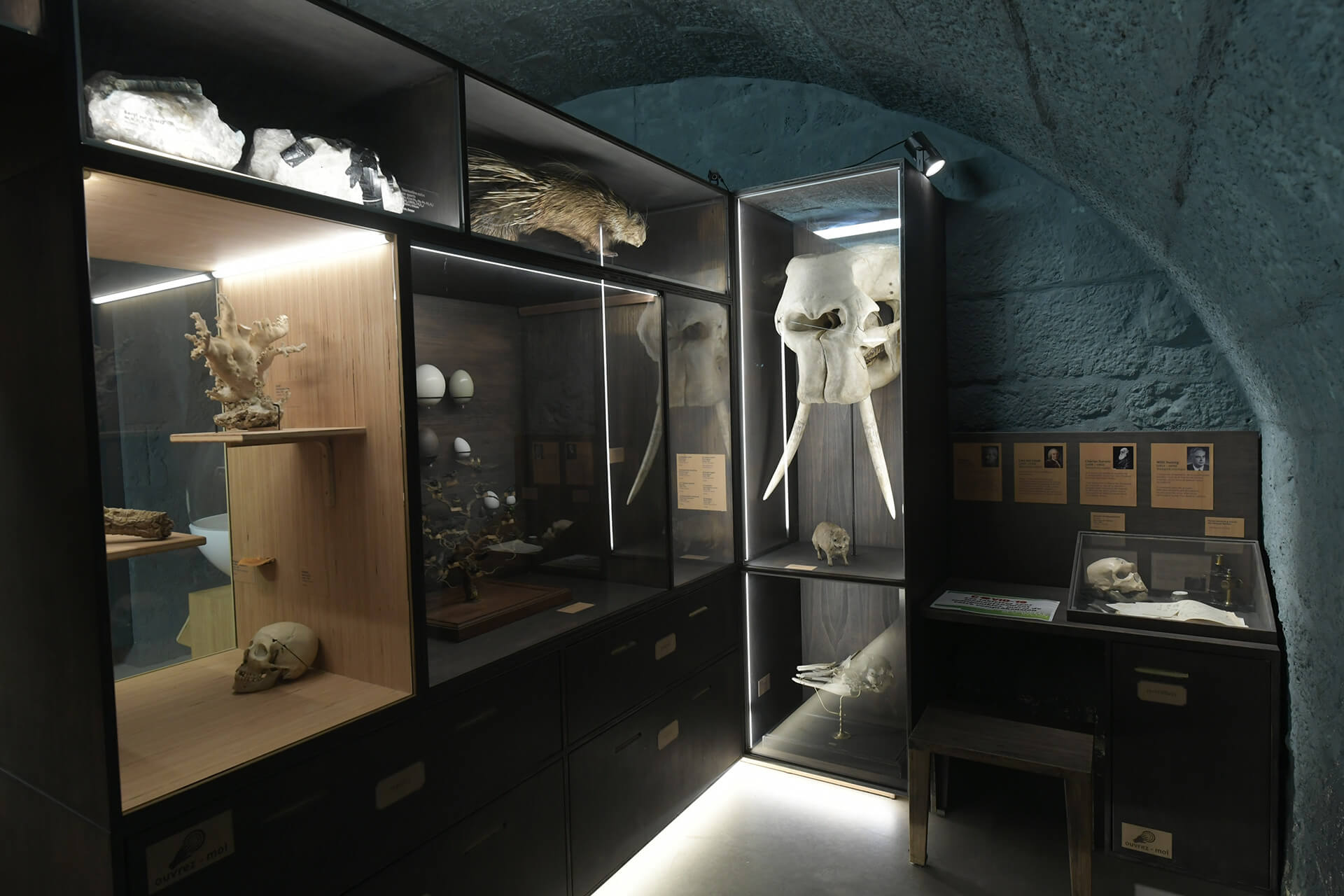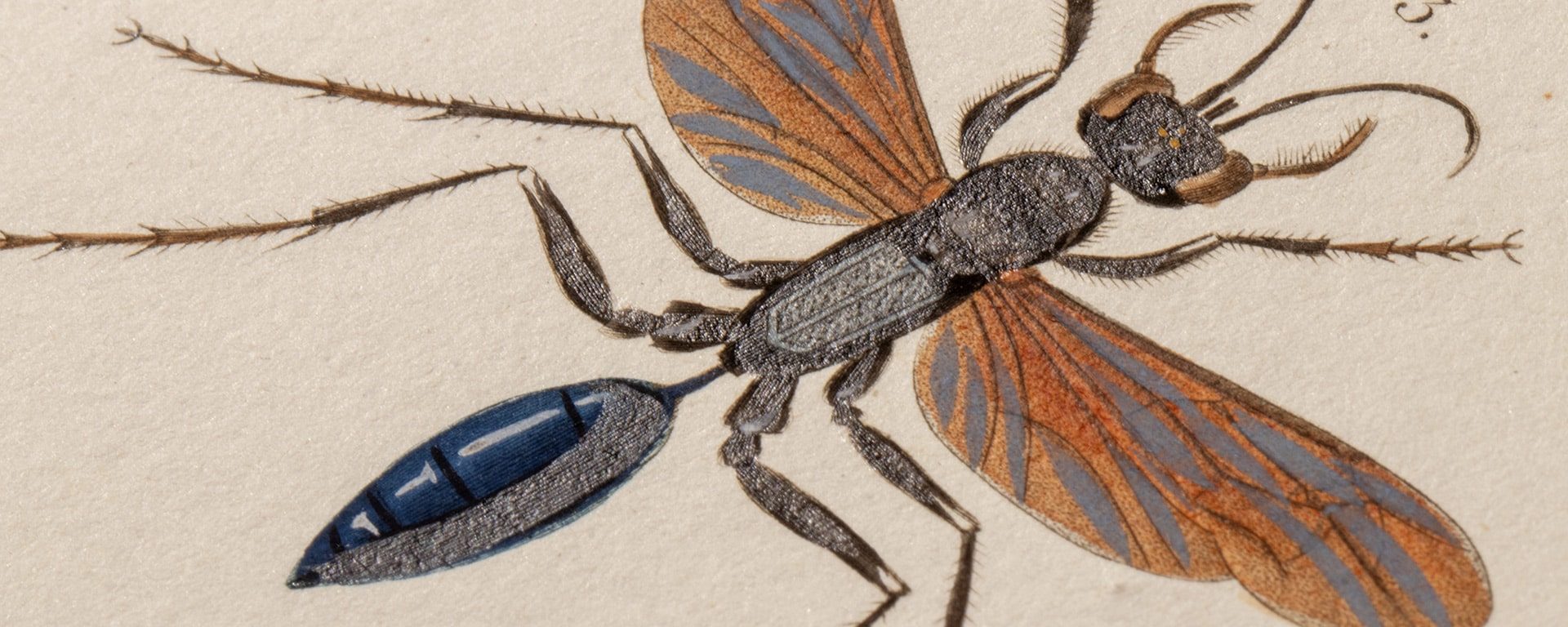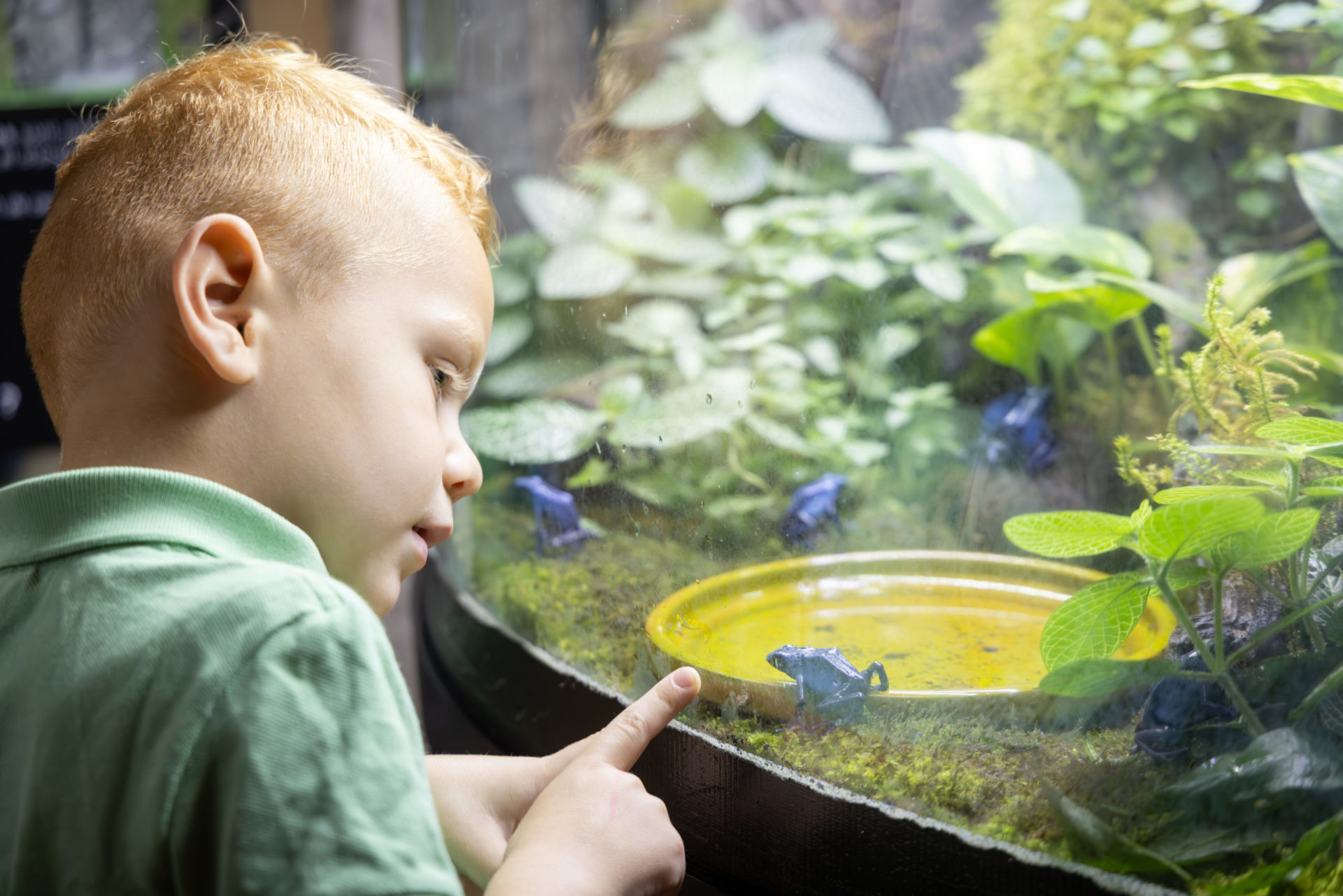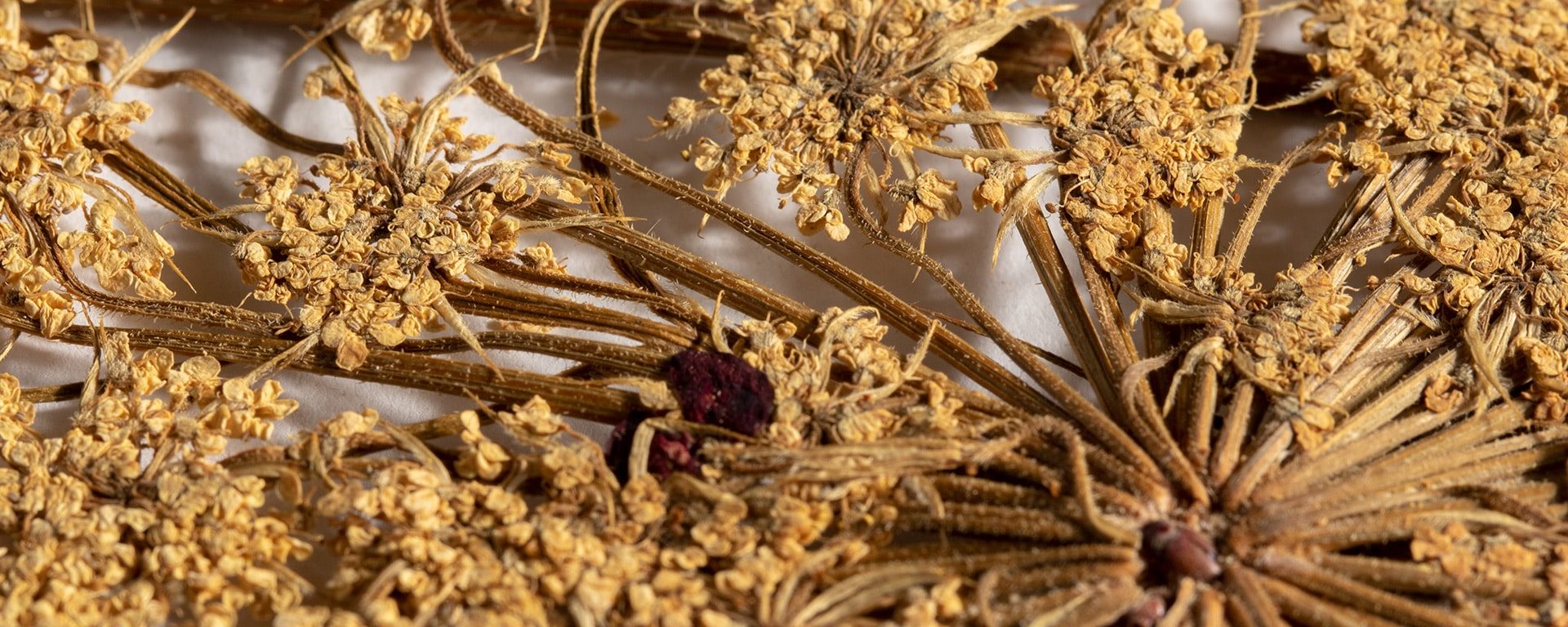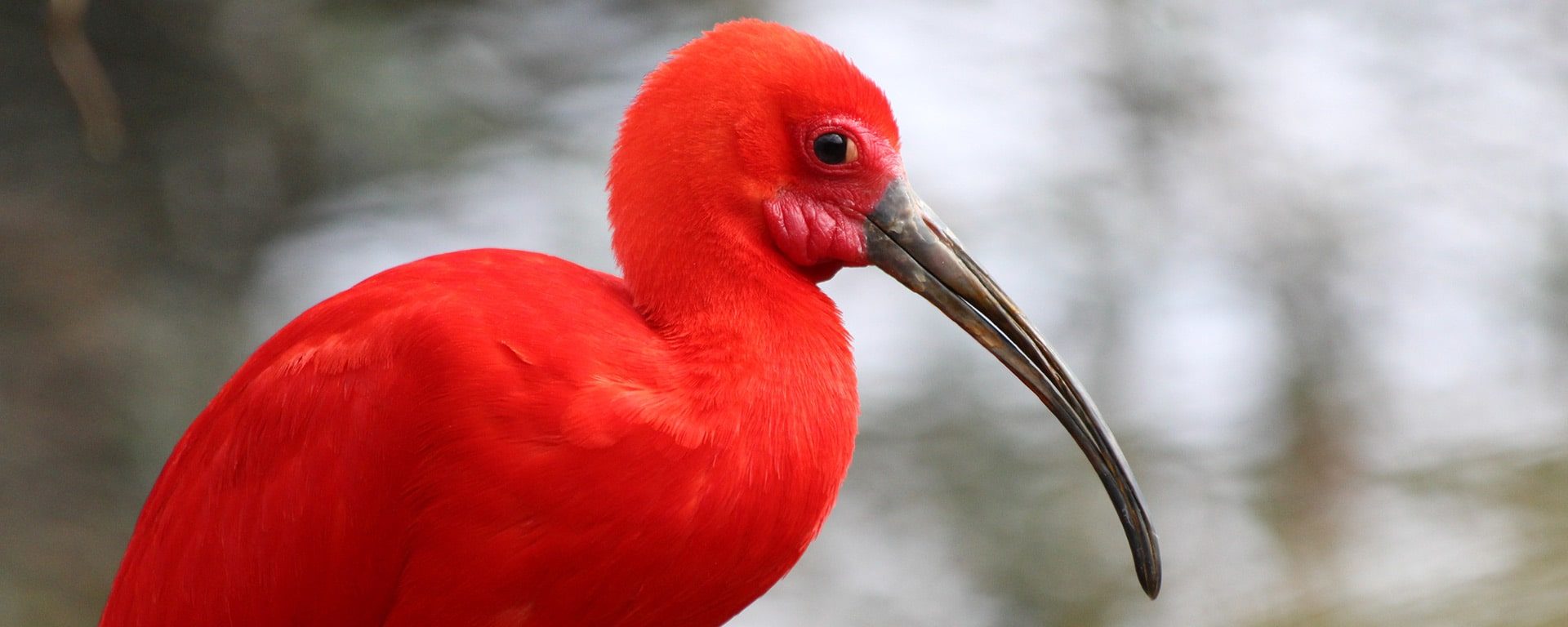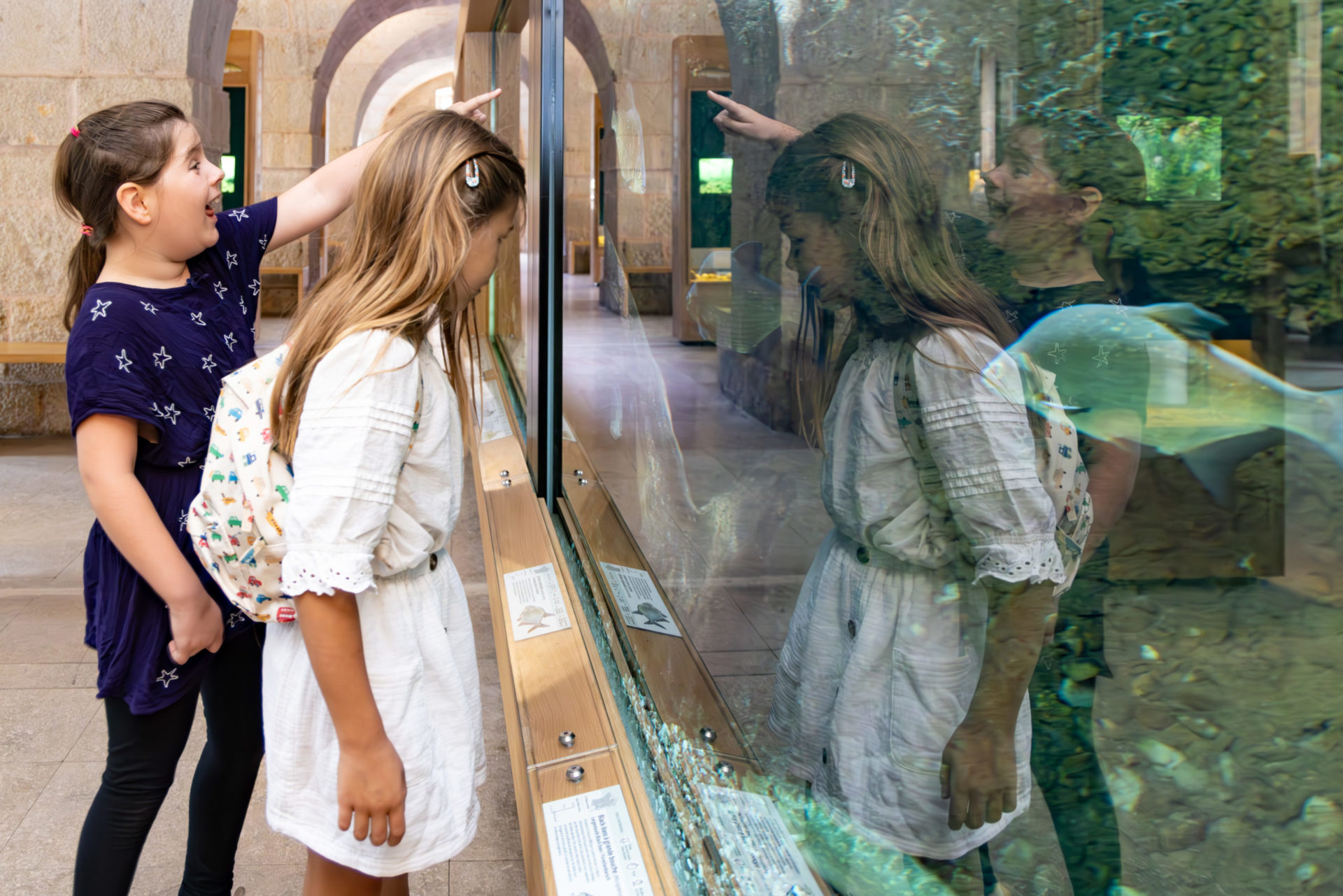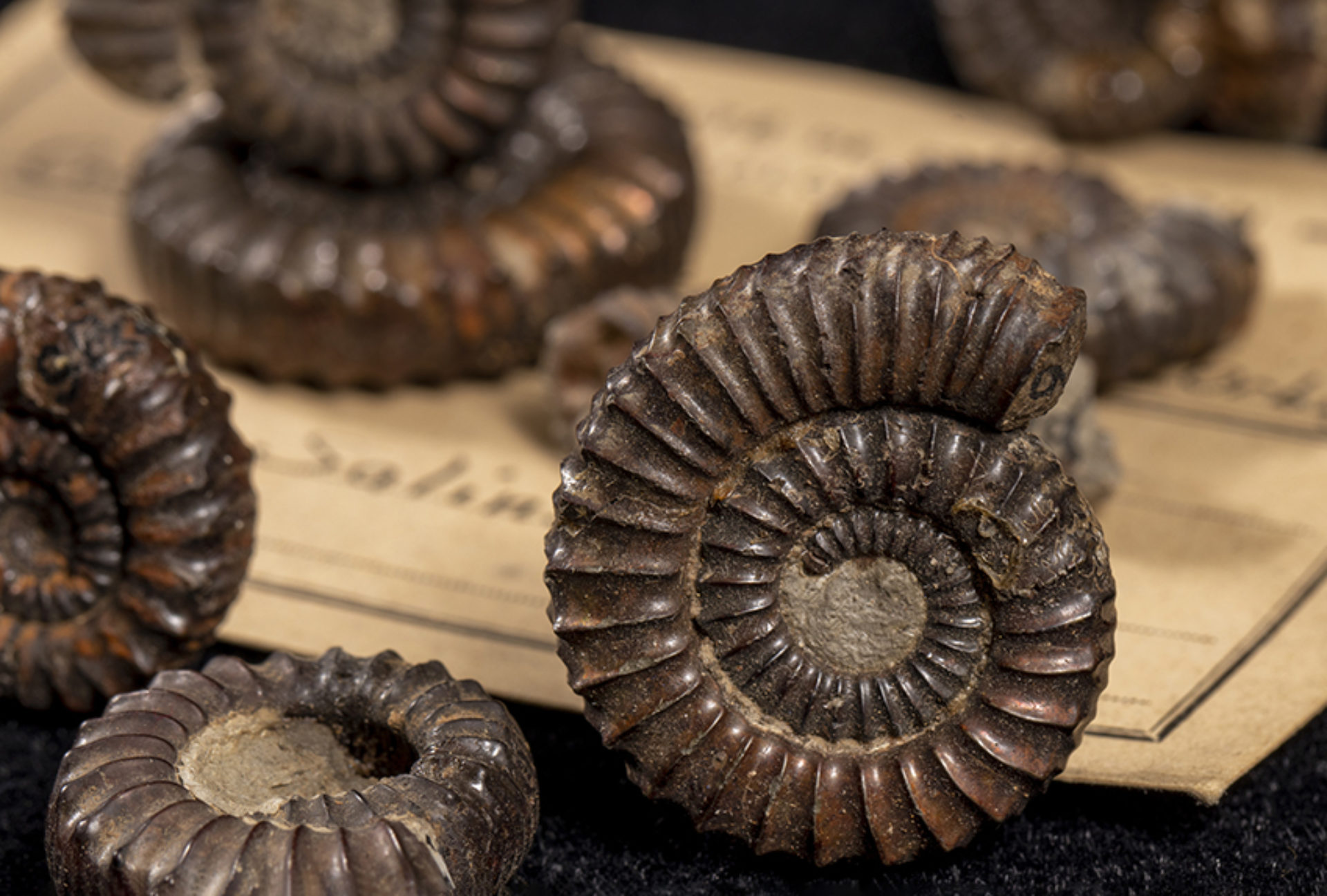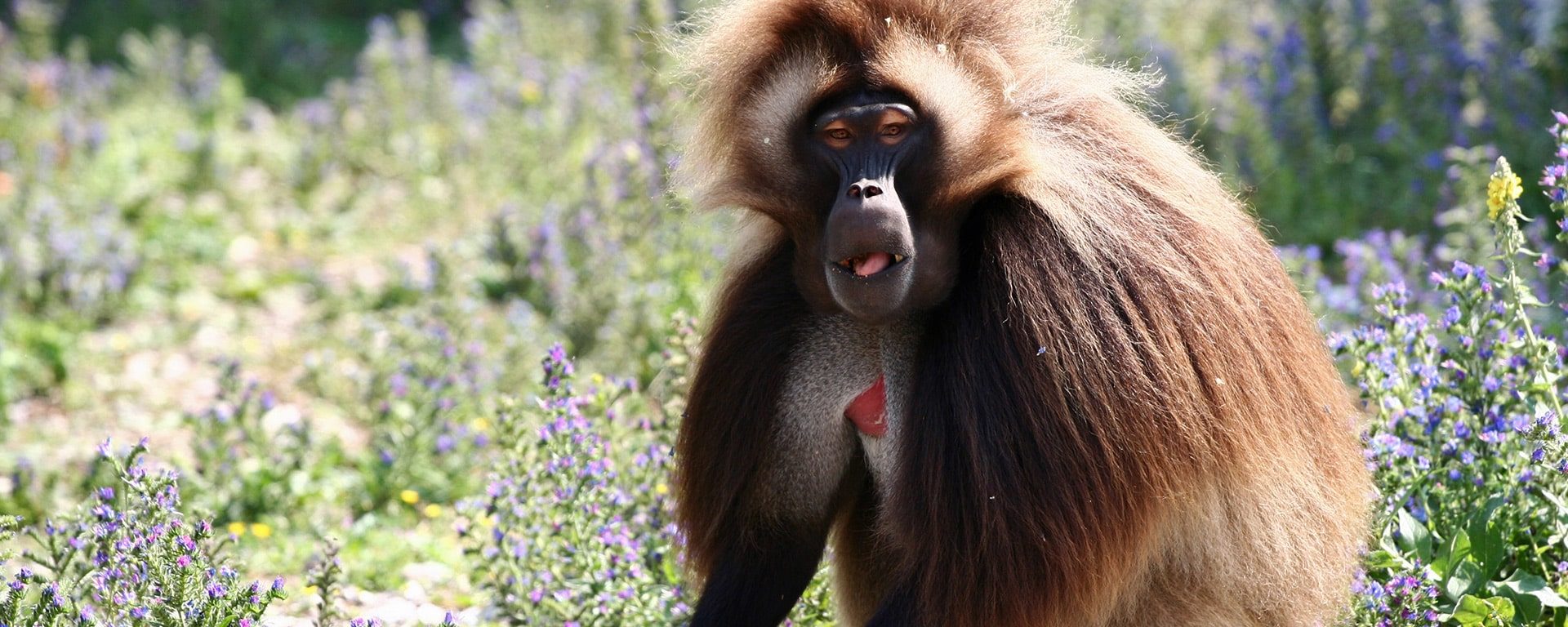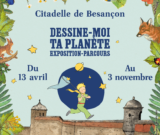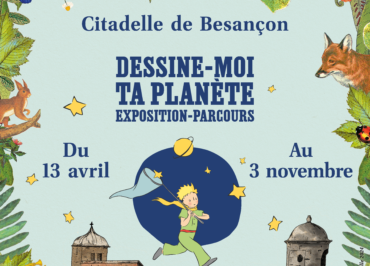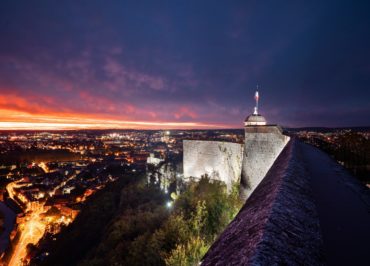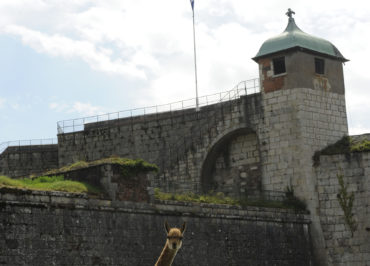Discover all the emblematic species present at the Besançon Citadel Museum.
The Muséum de Besançon occupies a prime position in the Citadelle, a most unusual location.
From natural history collections to the many living species on display, an overview of this atypical establishment dedicated to understanding animal and plant biodiversity and its evolution.
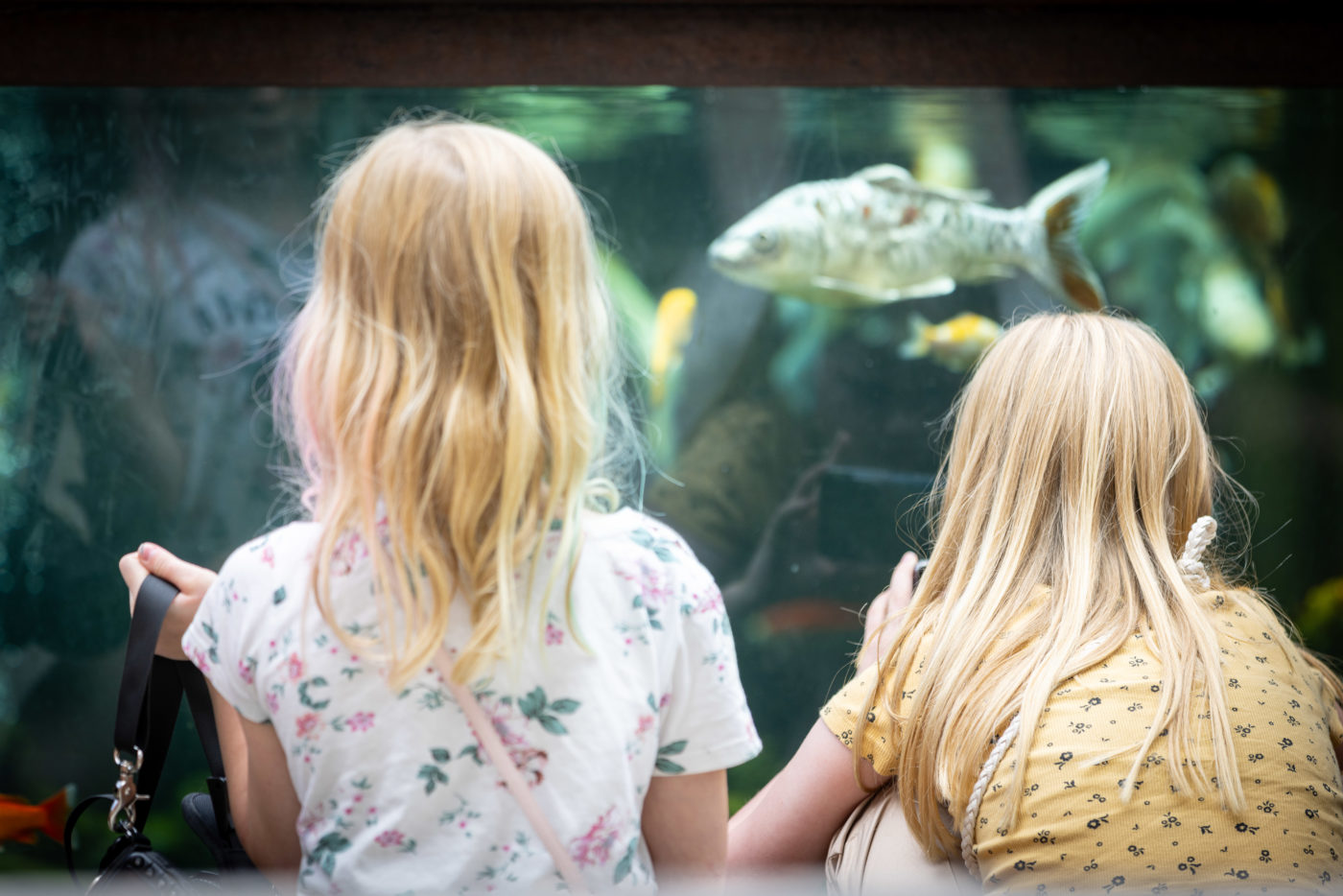
Understanding biodiversity
Study and dissemination of knowledge, conservation of collections, promotion of scientific and natural heritage, conservation of species and their environment, education, research, animal welfare... the missions of the Besançon Museum are many and varied, to say the least! And with good reason, it is organized around two complementary areas that will give you a better understanding of biodiversity, its richness and its fragility:
- its natural history collections with over a million objects, including an exceptional naturalized collection, make it a precious witness and a key to understanding the evolution of living organisms. The museum has been recognized as a "Musée de France" for its scientific and natural heritage,
- its zoological parkis renowned for its involvement in conservation projects for local species such as crayfish, and international species such as lemurs, carried out in partnership with wildlife conservation professionals and scientists. Its zootechnical skills in the breeding and reproduction of rare and endangered species are internationally recognized.
My visit in six stages

Start your visit with the Naturaliumto discover the richness of local and international biodiversity, its evolution, the threats to environments and species, and the actions that can be taken to preserve them.
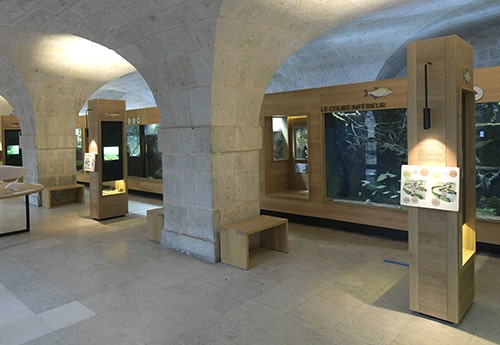
Immerse yourself in the unsuspected world of freshwater with the Aquarium. Dive into the Doubs River to learn about its rich ecosystem, starting with its complex flora and fauna ranging from molluscs to sturgeon. Take a fresh look at freshwater aquatic environments, their biodiversity and the challenges of preserving them.
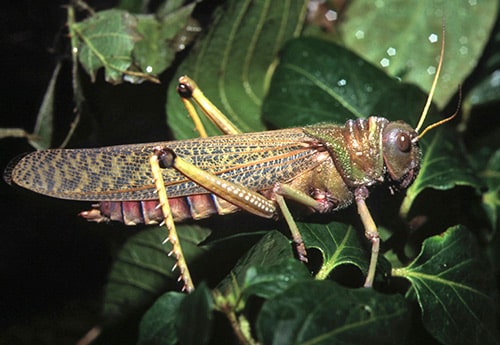
Continue your tour at Insectariumwhere over 60 species from all walks of life await you: insects (ants, locusts, stick insects, praying mantises and bees), arachnids (scorpions, tarantulas, etc.), amphibians (such as dendrobates and mantellas) and many more.
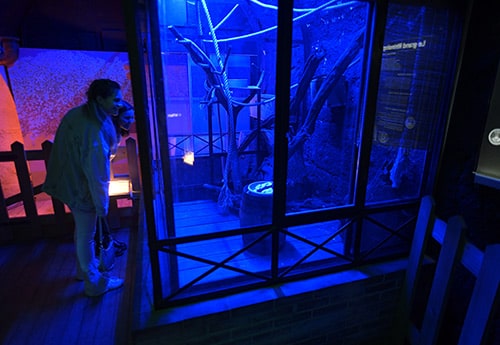
The tour continues with the Noctariuma place unique in Europe for learning more about the small animals of our region. Thanks to an inversion of the day-night cycle, you can observe the nocturnal life of dozens of small local mammals and amphibians in the middle of the day.
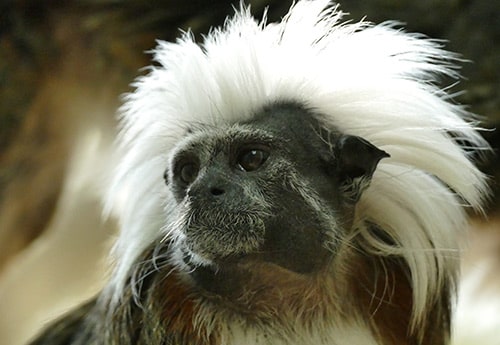
Then travel to every continent with the Zoological Gardento observe rare species of primates, birds and mammals, all of which are on the IUCN (International Union for Conservation of Nature) Red List and threatened with extinction.
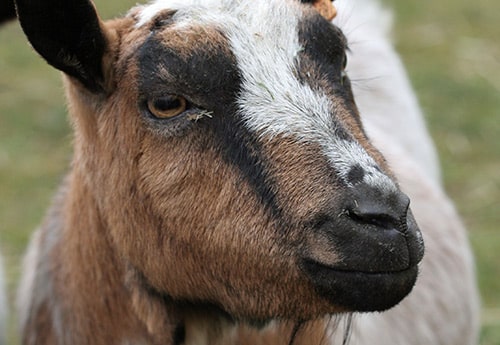
Your visit ends with the Little Farmwhere you can wander among the dwarf goats, guinea pigs, rabbits, turkeys and chickens.

Focus on ...
THE IMAGINARY
From now until November 3, an original installation at the crossroads between the literary world of the Little Prince and science education, brings to life a cabinet of preciousness in the temporary exhibition room of the Citadelle's Front Royal. In this staging of naturalist collections and through a fairy tale, a painting invites you to dive into our oceans.
"Your planet is beautiful. Does it have oceans?" The Little Prince
Our Blue Planet is covered with oceans! So vast that they cover 70% of its surface. And so deep that only 5% of the seabed has ever been explored. In other words, we're still 20,000 leagues away from unlocking their mysteries...
Here are 3 marine species typical of "curious" presentations since the 18th century and occupying different water depths, from the surface penguin to the bottom-dwelling gorgonian :
- A Magellanic penguin(Spheniscus magellanicus): this is a bird with a semi-aquatic lifestyle; pairs never change (one pair of Magellanic penguins was recorded together for 16 years), but they very rarely live together.
- A porcupine fish(Diodon hystrix): an emblematic species, long featured in curiosity cabinets.
- A black gorgonian: a member of the same taxonomic group as jellyfish, anemones and certain corals.
The wood and molded resin columns, known as "splatches", are the work of DN Made "Concept mobilier & Pièces d'exception " students from the Pierre Vernotte wood arts high school (Moirans-en-Montagne, Jura).
All this is accompanied by songs from our oceans, which you can only hear if you push open the door... See you soon at La Citadelle!
"Draw me your planet" is an exhibition designed by the Besançon Natural History Museum, based on an original concept created by Maison Deyrolle in partnership with the Antoine de Saint-Exupéry Youth Foundation.
Animal areas
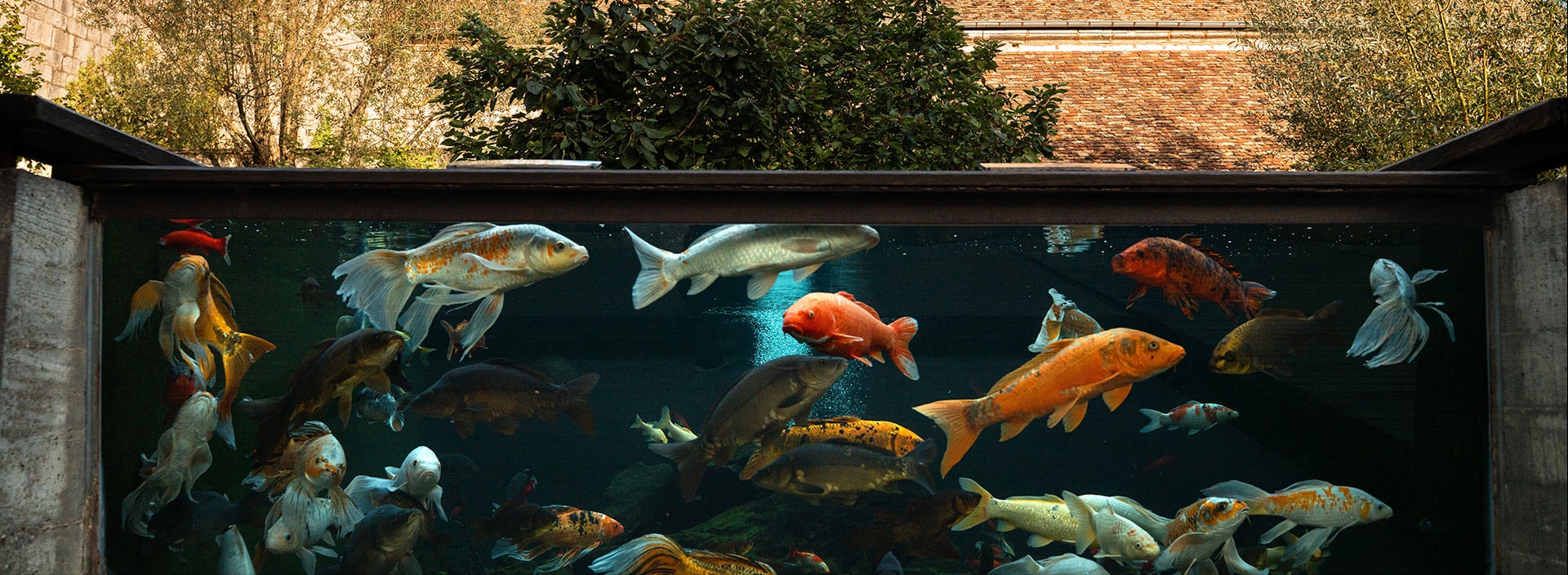
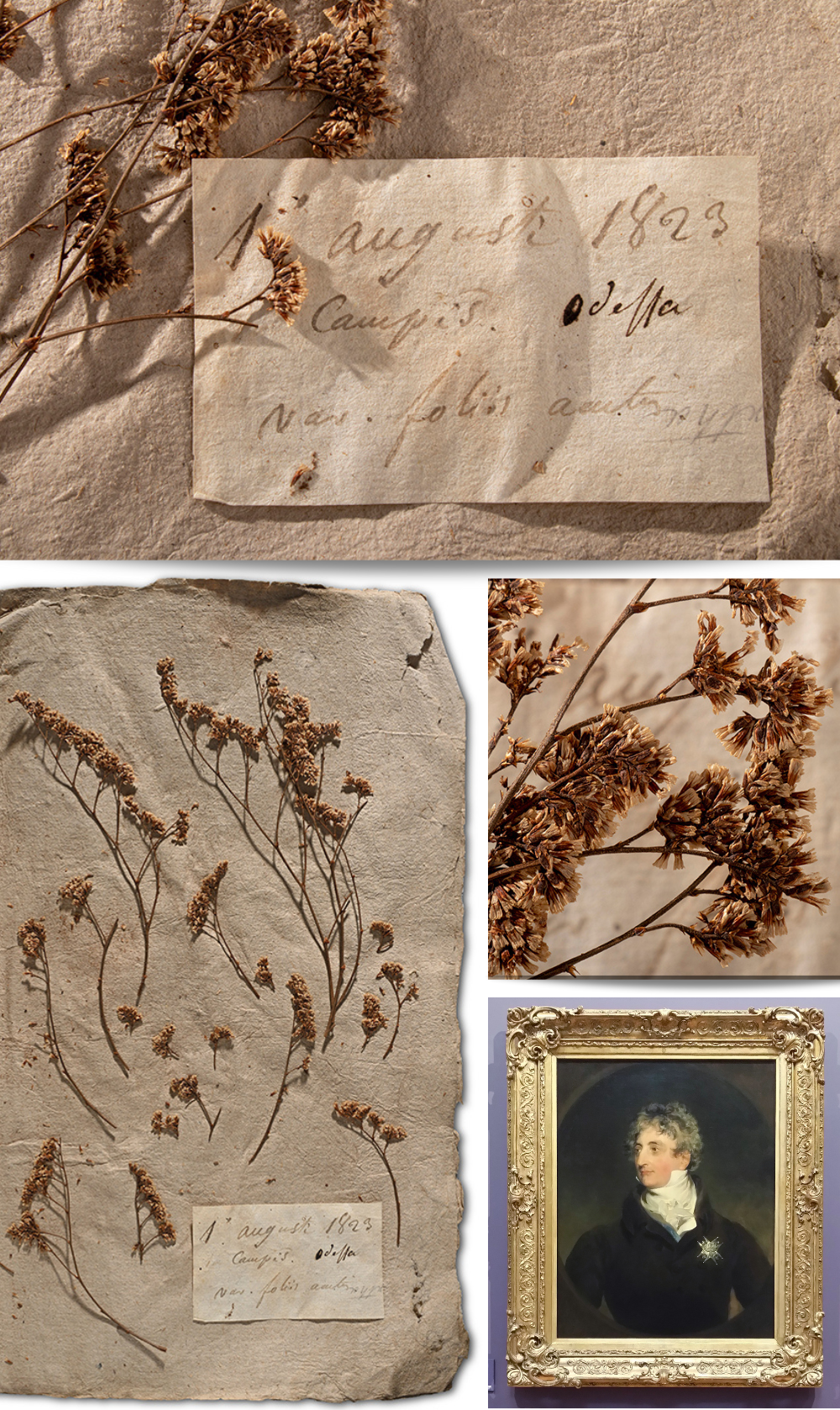
Focus on ...
Odessa, a peaceful botanical harvest
In the early 19th century, Odessa was home to a large number of French citizens. The city's mayor and governor was none other than the Duke of Richelieu (great-nephew of the illustrious cardinal, minister to King Louis XIII). Alexander I called on him to develop the cradle of the Tsarist "New Russia". Considered one of the city's founders, he designed its main thoroughfares and built a harbour on the Black Sea, enabling extensive commercial activity and forging a character all its own. If you can't visit his bronze statue in front of the city's port, you can see Thomas Lawrence's portrait of the Duke of Richelieu at the Musée des Beaux-Arts et d'Archéologie de Besançon (1st floor - 19th century room).
On August1, 1823, a French botanist stooped to harvest this plant from the land of Odessa, now hit by Russian missiles. It's a Limonium scoparium (Pall. ex Willd.) Stankov, a plant with flowering spikes rolled up with small, pale purple flowers that inhabits the Eurasian steppes. The author of the herbarium wonders about the high morphological variability of the species, and mentions in Latin on the label " var. foliis acutis "; variety with acute leaves.
It's not out of the question that our botanist, who lived in the Crimea, may have come across the Russian poet Alexander Pushkin when he came to herorize in Odessa, since he was in exile there that very year. In his letters, Pushkin writes that Odessa is a place where "you can feel Europe. French is spoken and there are European newspapers and magazines to read". At this time, many aristocrats were fleeing the revolution and settling in Russia, following the example of Richelieu, as well as many more modest Frenchmen tempted by the idea of making their fortune there. French gradually became the language of Russian high society, supplanting Latin as the international language.
So, 200 years ago, this plant was collected, identified, dried, commented on and placed in the herbarium of this French immigrant. Having come down to us after many peregrinations, it is now, along with hundreds of thousands of others, carefully preserved at La Citadelle in the reserves of the Besançon City Museum of Natural History. These plant samples are now part of the world's natural and cultural heritage. In these times of upheaval, they bear witness to their presence in certain places, on certain dates. And this particular sample invites us to think kindly of the coveted city of Odessa, known as the Pearl of the Black Sea.
References :
Odessa - a mythical city in the Mediterranean world by Francis Conte - https://www.persee.fr/doc/casla_1283-3878_2016_num_14_1_1132
French in Russia - https://fr.rbth.com/art/culture/2017/05/26/pourquoi-parlait-on-francais-en-russie_770977
Statue of the Duke of Richelieu in Odessa - https://discover-ukraine.info/fr/places/southern-ukraine/odesa/783
Painting by Thomas LAWRENCE, Portrait du Duc de Richelieu, oil on canvas, inv. 896.1.159 is on display at the Musée des beaux-arts et d'archéologie de Besançon (1st floor - 19th century room).
Natural History Museum collections
The Besançon Museum ranks among the top ten national museums for the size of its collections, both on display and in storage, covering many disciplines in the life and earth sciences: zoology, osteology, paleontology, geology, botany...
